Insert pictures, and at least one panorama image, and a webcam image from two different times.
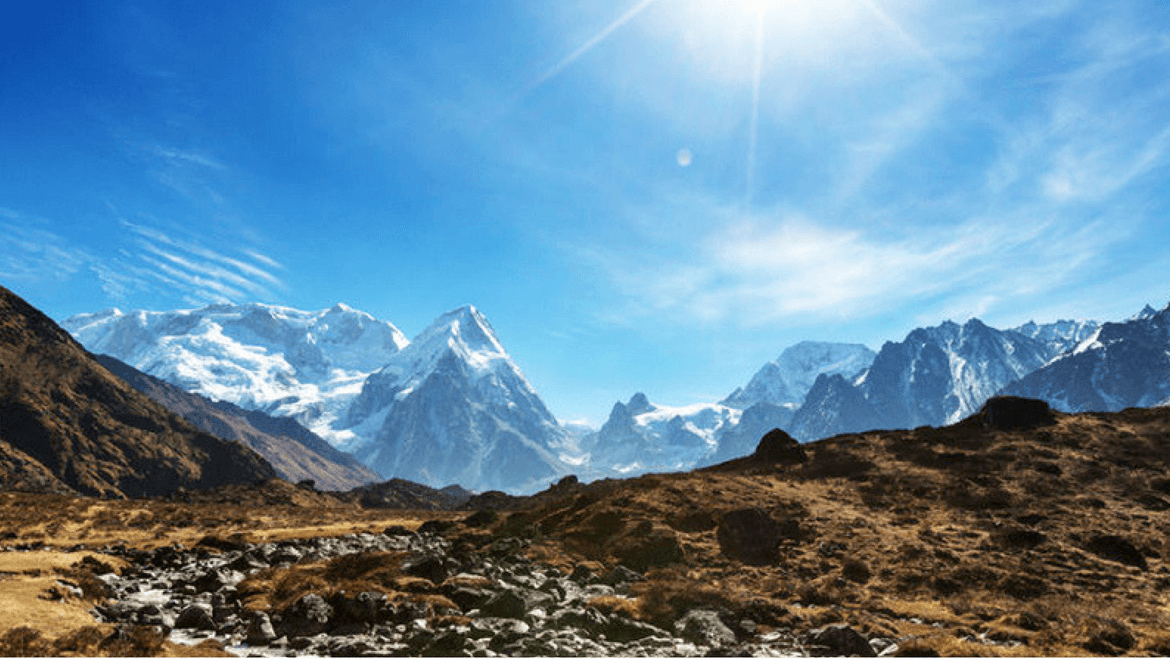
The Himalayas in Northern India. One of the most popular mountain ranges in the world sits in the Northeast corner of India. Climbed by hundreds throughout the year, this range is challenging to contest, but exhilarating to climb at the same time. This mountain range is home to some of the highest peaks in the world, most notably Mt. Everest on the board of Nepal and China. Its nearly 30,000ft tall peak is on of several mountains that are over 23,000ft in height.

Falls of the Godavari River. Located in the Indian state of Andhra Pradesh in the East Godavari district, this is only a small section of the river. The river runs west to east and the mouth falls into the Bay of Bengal. The river runs 910 miles, second in length to the Ganga river in all of India. Throughout the river, dams, hydro-power stations, and numerous waterfalls can be found. The river is known to flood in Monsoon season, but locals are well aware.
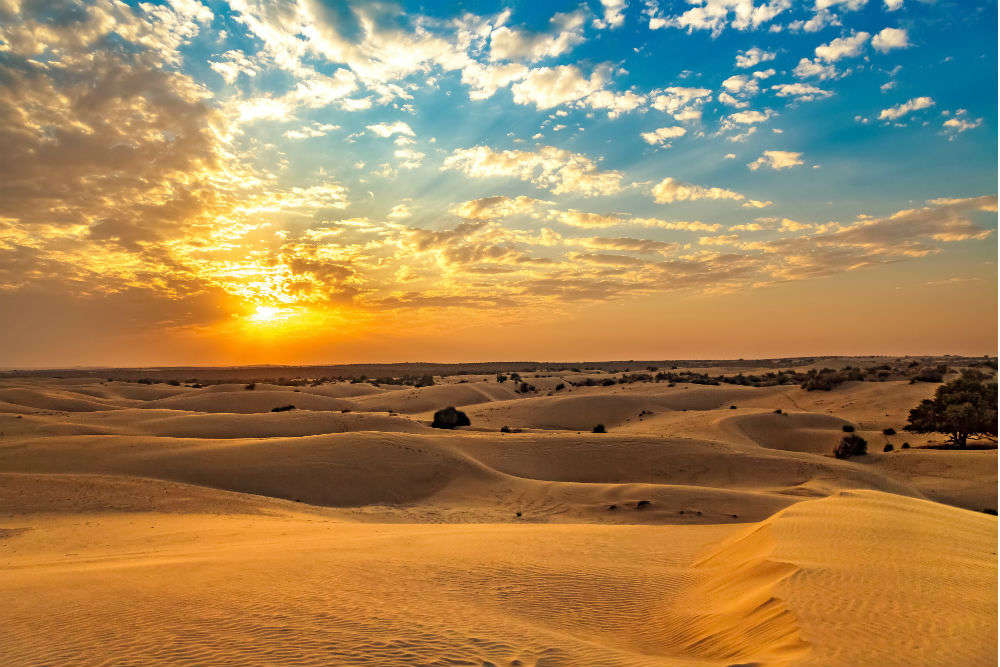
The Thar Desert at sunset. The Thar Desert, otherwise known as the Great Indian Desert, is a large arid area that lays within the north and northwest regions of India. A majority of the Desert is located in India, but a small portion is located in southeastern Pakistan. The region is home to many native tribes. The desert is also home to a large range of biodiversity. Cows, gazelles, and blackbuck deer can all be found in this area.
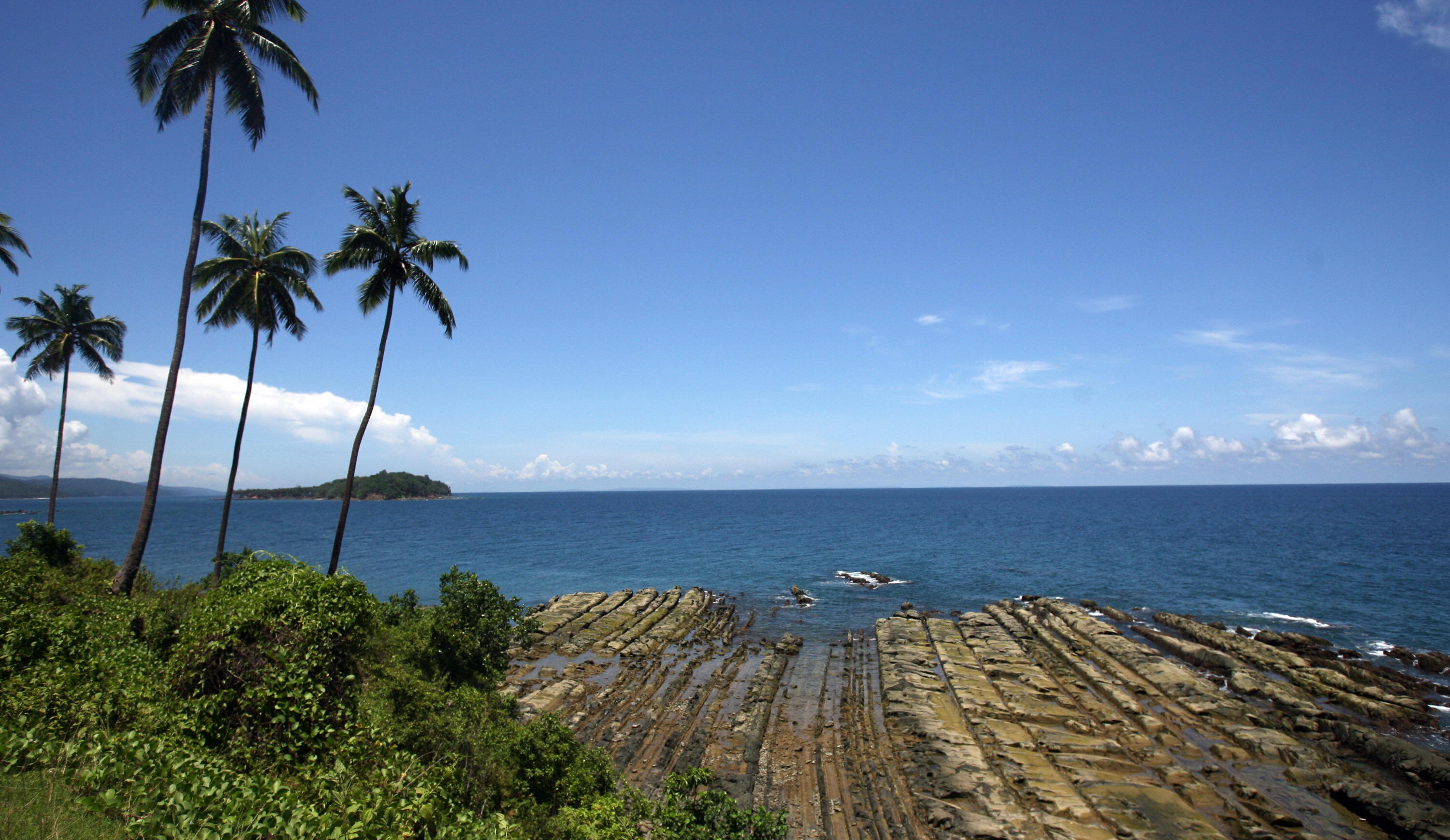
Andaman Islands at midday. Located of the east coast of India, these archipelago islands in the Bay of Bengal are one of the most popular gateway locations in India. This tropical paradise of sorts is home to a large array of birds, mammals, reptiles, and amphibians. A largely untouched coral reef also can be found just off the islands’ coast. In 2011, the population of the islands was around 350,000. The islands have a small airport in Port Blair, but fares are typically expensive so many travel via ship.
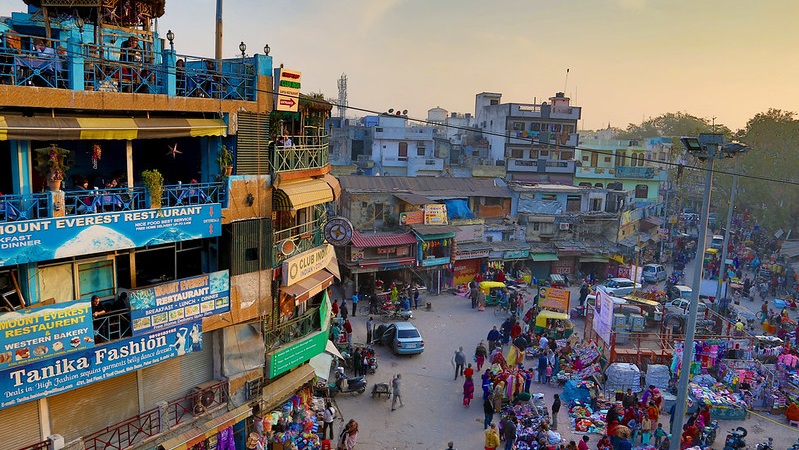
New Delhi in the evening. Delhi is the second largest city in India with just over 11 million people. It serves as the capital of India and is home to all of three seats of the Indian National Government. The city is home to numerous different historic sites, museums, and gardens. The economic importance of Delhi cannot but understated. New Delhi is also home to many different ethnicities and cultures. As seen in the image, many signs in the city use English as well.

Bangalore Train. Bangalore, officially known as Bengaluru is located in the Indian state of Karnataka. It is located in southern India, and has a total population of ten million people, which makes it the third-largest city in India. The population is rather dense, as it is nearly 31,000 people per square mile. Bangalore sits more than a half mile above sea-level, which makes for a mild climate system. The city, despite its high density, is quite spread out so residents typically use the train system shown here.

Slums in Mumbai. 12 million people call Mumbai home, making it the most populous city in India, and seventh most populous in the world. A decently sized portion of the city is made up of slums. There are areas in which groups of people, like families, live in poverty. The root of this problem are big corporations looking for a large group of unskilled works to provide labor in factories like textiles. Since these employees are unskilled, they do not make a sufficient enough paycheck. This results in living conditions like the ones shown.

Kolkata during rush hour. Also known as Calcutta, this city is the capital of the Indian state of West Bengal. The population is around 4.5 million, which makes it the seventh most populous city in the nation. The city is unique when it comes to the world of transportation. It provides numerous opportunities to get around such as electric trams, taxis, rickshaws, and busses. Bussies and foot traffic are most popular in this street market on this day.
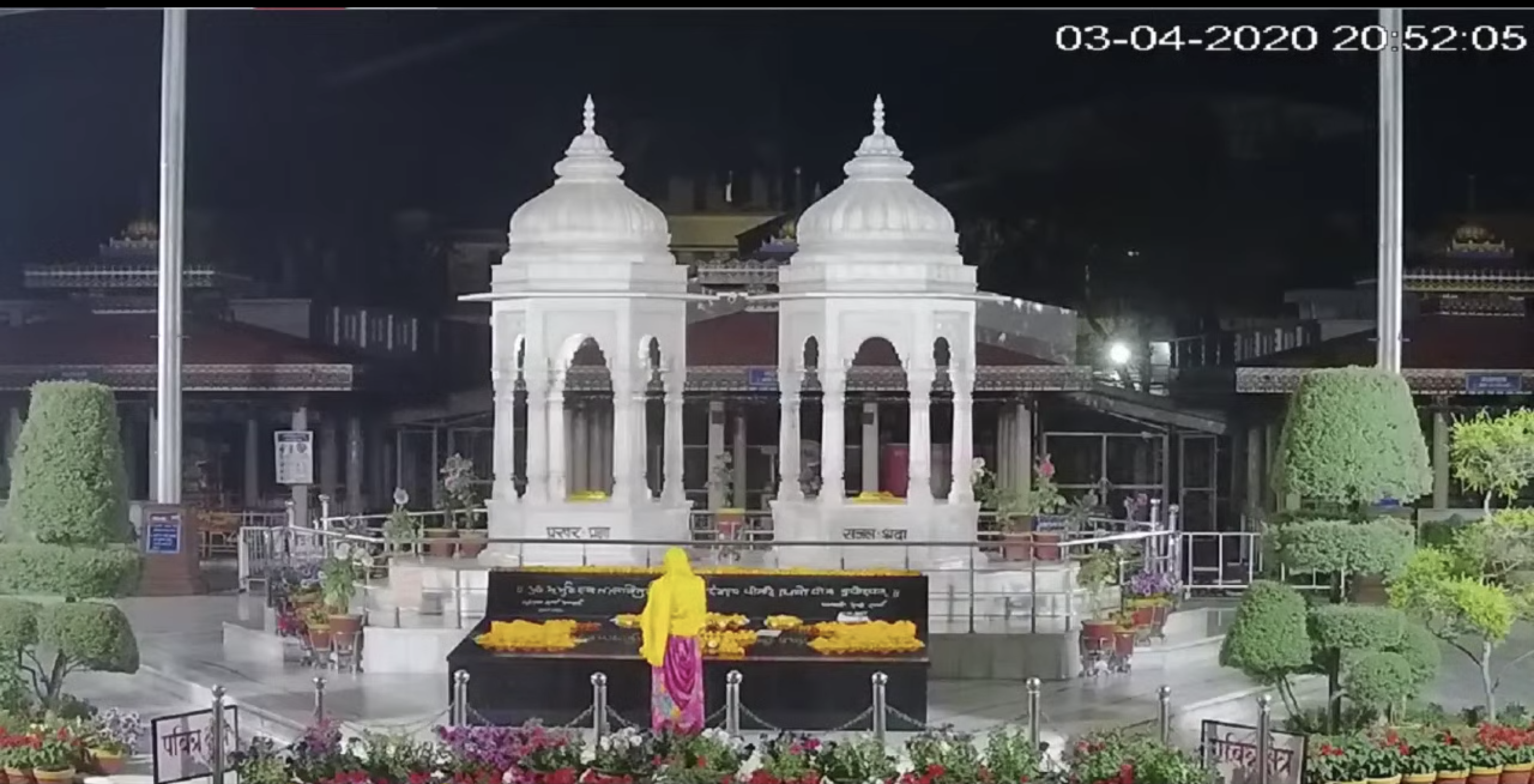
Shantikunj Ashram prayer hours. This ashram is the headquarters of the social organization called All World Gayatri Pariwar (AWGP for short). It was created in 1971 in the Indian city of Haridwar and has been considered the center of a reconstruction era for the state. It has been devoted to the cultural, ethnical, moral, and spiritual awakening for its visitors. Those who visit pray for peace, love, and goodwill for all despite religion or faith. It has been visited by various saints and scholars. On this night, it is relatively quiet.

Panorama of the Taj Mahal. This marble mausoleum in the India city of Agra is one of the most well-known places in the entire world. It is one of the seven wonders of the world. Built in 1643, it incorporates Persian design traditions and Mughal architecture. It is a large tomb building that houses the bodies of Mumtaz Mahal and Shah Jahan. There are two levels of the building. The main level is where the false tombs are, and the actual gravesites are on the lower level.
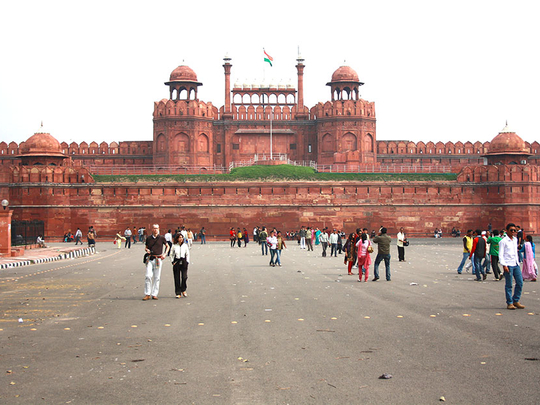
Tourists visit the Red Fort. This historic fort located in New Delhi, India was built from 1639 to 1648 and designed by world famous architect Ustad Ahamd Lahori, who also was the lead architect on the Taj Mahal. Every year on the Indian Independence Day, the Prime Minister raises the Indian flag at the main gate and delivers a speech that is national broadcasted throughout the country. It is one of the most popular landmarks in the country and is visited by millions every year as evident by the handful of tourists in this photo.
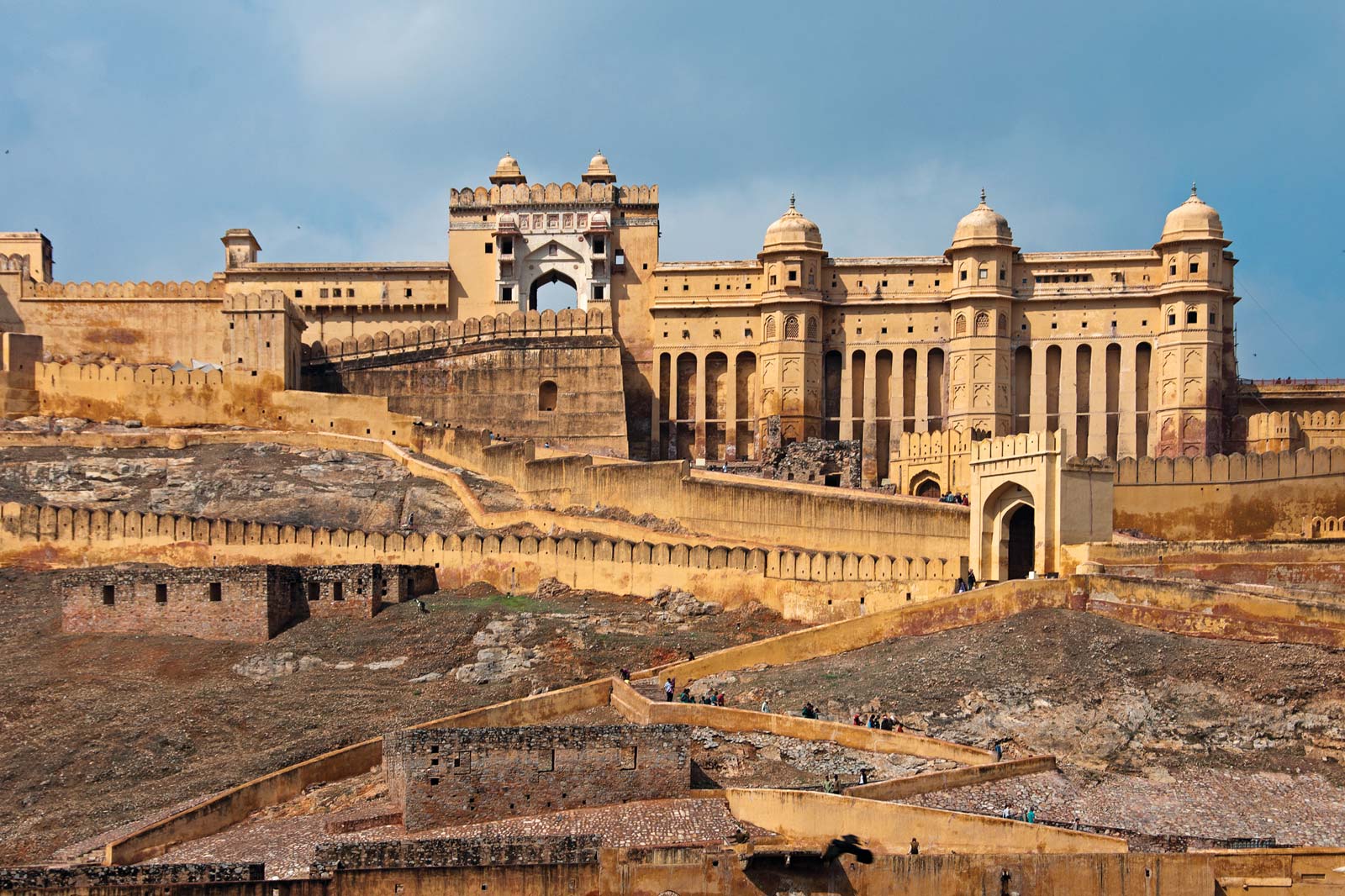
Amber Fort in the sun. The fort is in the Indian state of Rajasthan and is only 7 miles from the state capital of Jaipur. The structure is well known for its style of elements both inside and outside of the fort. It was built for the local leaders of ethnic groups and their families to reside in while they were in power. Raja Man Singh lived in the fort for many years. He had 12 queens, and subsequently had 12 staircases leading from each queens room to the kings room.

Indian women smiling. Three Indian women dressed in traditional Indian clothing take part in a festival of some sort on a sunny day. The traditional clothing for females in Indian is quite broad when it comes to styles, and is awfully dependent upon the religion, ethnicity, and region in which they live. One of the most popular garments are what is called a Sari. These are long, unstitched pieces of cloth that women wrap around their bodies. What is seen in this photo is called a Lehenga. This is a long skirt that is pleated and has a thick boarder at the bottom.

An old man in the midst of a crowd. India is the second most populous country in the world, only second to China. Many cities are congested during times of rush hour, typically in the morning just after sunrise, and in the evening when people are usually out and about in the city. Most Indians are born with charcoal black hair, only changes when people get older. This older gentleman has been the victim of hair color loss, but still blends in with the crowd around him.

Indian children pose for camera. Children in India are taught about tradition both from a religious and ethnical standpoint. Children do not usually wear the same attire as their parents or other adults would wear. Kids, especially girls wear what is called a Pattu Pavadai. This is a traditional dress with a cone-shaped skirt, typically made of silk and goes from the waist to the toes. Children do wear the red dot between their eyes, which usually symbolizes strength and love.
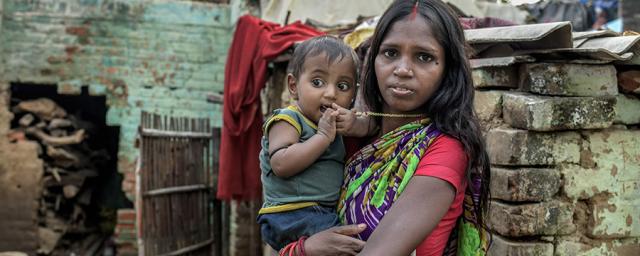
A mother and her baby pose inside of the slums. Not all of India is well off. In fact, many say up to 40% of major cities such as Mumbai are made up of slums. Often times people who are born into slums do not make it out of that lifestyle and are stuck due to lack of opportunity and wealth. Clothes and other items necessary to live are hard to come by. Crime also often runs rampant within Indian slums.

A fishing boat on Palolem Beach. In Fodor’s Travel: Essential India, it is recommended victors experience one of India’s many beaches. They draw big crowds, but often times it is easy to find beachside shacks to sleep in and trendy bars and restaurants to dine in. Water sports are also very popular on these beachfronts. Parasailing, windsurfing, jet-skiing, and banana boating are all popular amongst these beaches. The book recommends that visitors stay away from the months of June to September due to monsoon season.

Palm trees glistening in the bright sun. Although there are numerous beaches along both coasts of India, many do not have full-fledged resorts to reside at. This photo, taken at Sinquerim Beach, is near luxury resorts and beaches in pristine condition. Often times these resorts are secluded to give guests a more “natural” experience away from the everyday hustle and bustle of India’s mainland. A Wednesday flea market is only a short distance away from this resort, so opportunities to get away safely are an abundance.